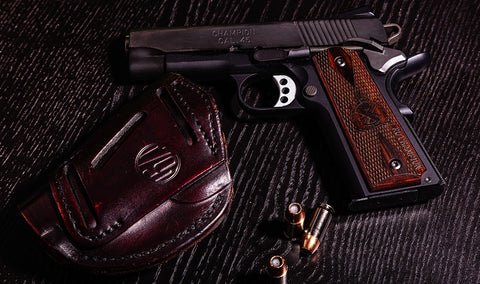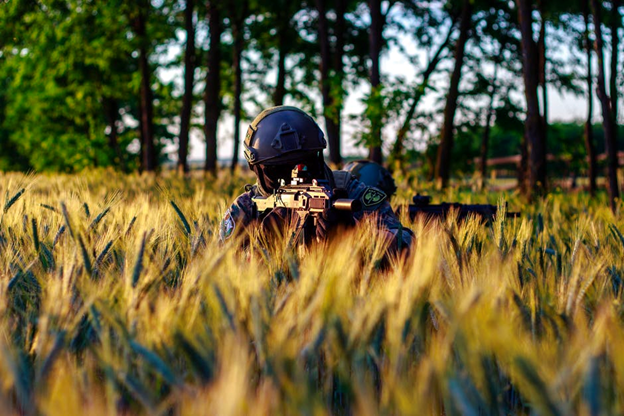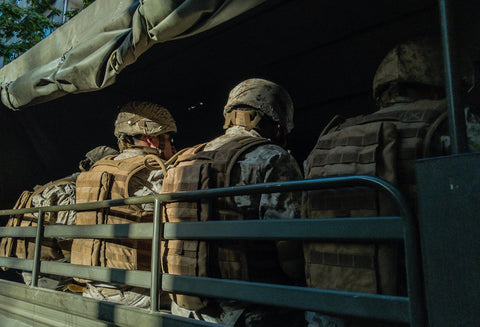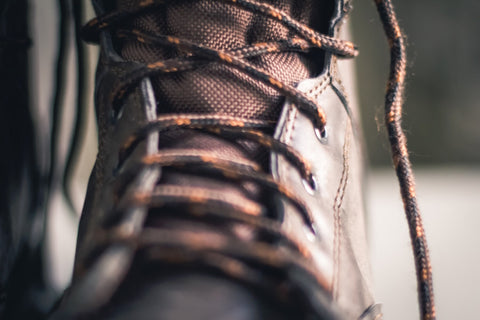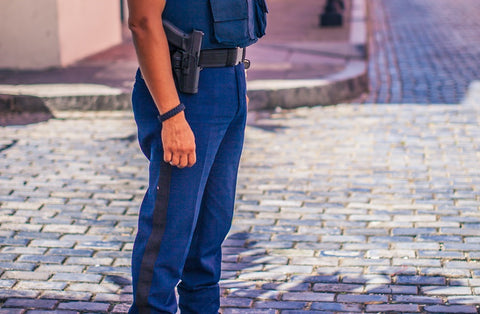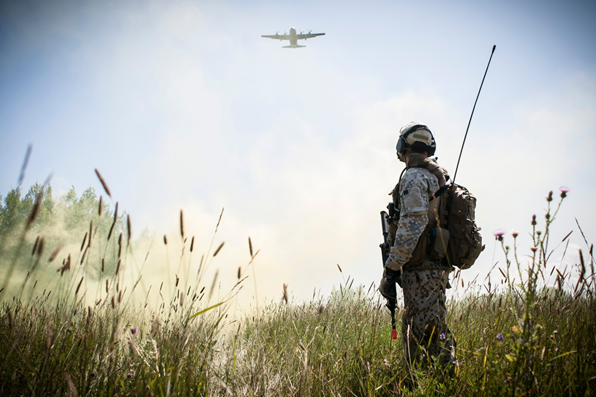How to Properly Wear a Firearm

Keep Your Firearm Safe and Secure with The Right Holster
If you’re a law enforcement official, a hunter, or carry a firearm for any other reason, you need to keep your equipment in top shape. A holster is an essential piece of gear for anyone who carries a firearm – in fact, they’re mandatory by law in many places. They keep your firearm and its trigger properly concealed, and can protect both the user and others.
There are countless gun holsters available on the market, and each has its own benefits and unique features. So, how can you decide which is right for you?
When you choose a holster, consider what your firearm use requires, and where on your body you want to store your firearm. Under no circumstances should you settle for a holster that compromises your safety, functionality, or comfort.
Factors to Consider When Choosing a Gun Holster
The right holster can make your experience more convenient, safe, and enjoyable. Not all holsters are made the same. Holsters can vary in material, where they’re placed on your body, retention level, purpose, and additional features. In order to select the holster that works for your specific circumstances, think about how you plan to use your firearm, and deduct from there.
READ MORE: How to Decide on Hard or Soft Rifle Cases
How Different Types of Gun Holsters Are Used for Different Situations
Everyday Carry
If your occupation or lifestyle has you carrying your firearm at all times, you’ll want a holster that prioritizes utility, preparedness, and comfort. Since you’ll be wearing your holster all day, every day, you’ll want one that is comfortable, fitted and attached properly, and has a high retention level to ensure that the firearm is secure and in your control.
Concealed Carry
In many areas, concealing your weapon is the law. Otherwise, you may simply prefer to carry your firearm this way. In any case, you’ll want a holster that prioritizes security. You’ll want both the gun and its trigger protected, and make sure to look for a holster with a high retention level for further security.
Competition
If your firearm is used specifically in a competition setting, you’ll want a holster that reflects your priorities. Speed is probably at the top of your mind. Some manufacturers develop holsters specifically for competitive users, and these often have customized are adjustable features. Keep this in mind, as well as the fact that some competitions may have rules pertaining to your gear.
How Each Type of Holster Can Benefit You
Thigh
Thigh holsters are not as popular as their hip counterpart, but some users find this placement convenient – especially those with long arms. Since thigh holsters are placed lower than a hip holster would be, your fingertips should naturally reach for your firearm without having to bend. This alternative also frees some of the weight from your hip, adding more space or more mobility.
Ankle
An ankle holster can keep a small, light gun perfectly discrete. Comfort and safety should be your priorities when finding a holster for your ankle. Consider the fact that you’ll be on your feet all day. If you find that ankle holsters cause discomfort while you walk or run, you’ll be unable to concentrate. Thus, you may want to reconsider this option.
Back
Back holsters are a common choice for firearm users. With this option, firearms are easy to conceal, and many users find that back holsters don’t affect their mobility or comfort level. However, you may find that your firearm is not accessible, as reaching backwards is not always a convenient or comfortable gesture. This option is most recommended for discrete firearm carrying.
Waist: IWB vs OWB
The waist is one of the most common places to keep your gun, and within this type of holster, there are categories. You could choose a holster that rests inside the waistband (IWB) or outside of the waistband (OWB). Each one provides its own set of benefits.
An IWB holster allows you to conceal your firearm more easily. Many IWB holsters are made specifically to make your firearm rest comfortably against your skin.
OWB holsters, meanwhile, are considered by most firearm users to be more comfortable and convenient. It is easy to draw your gun when it is placed on your belt. The popularity of this type of holster means that there are many helpful accessories available as well.
Pant pockets provide a great location to keep your small firearm, if you don’t plan to use them for a different purpose. With a pocket holster, your firearm will be easy to reach when you are on your feet. You’ll be able to draw on muscle memory, since reaching for your pocket is something you’re probably used to doing.
Shoulder
Shoulder holsters are often worn by heroic figures on TV shows and in action movies. But are they worth wearing in real life? That depends on your preferences. A shoulder holster can hold plenty of sizes and styles of firearm, and are relatively easy to access.
Ultimately, you should put plenty of thought into your decision when selecting a holster. Don’t be afraid to try out a few materials or body placements. If you’ve considered safety, accessibility, and your specific circumstances, you’re ready to select a holster that makes firearm use a breeze.


